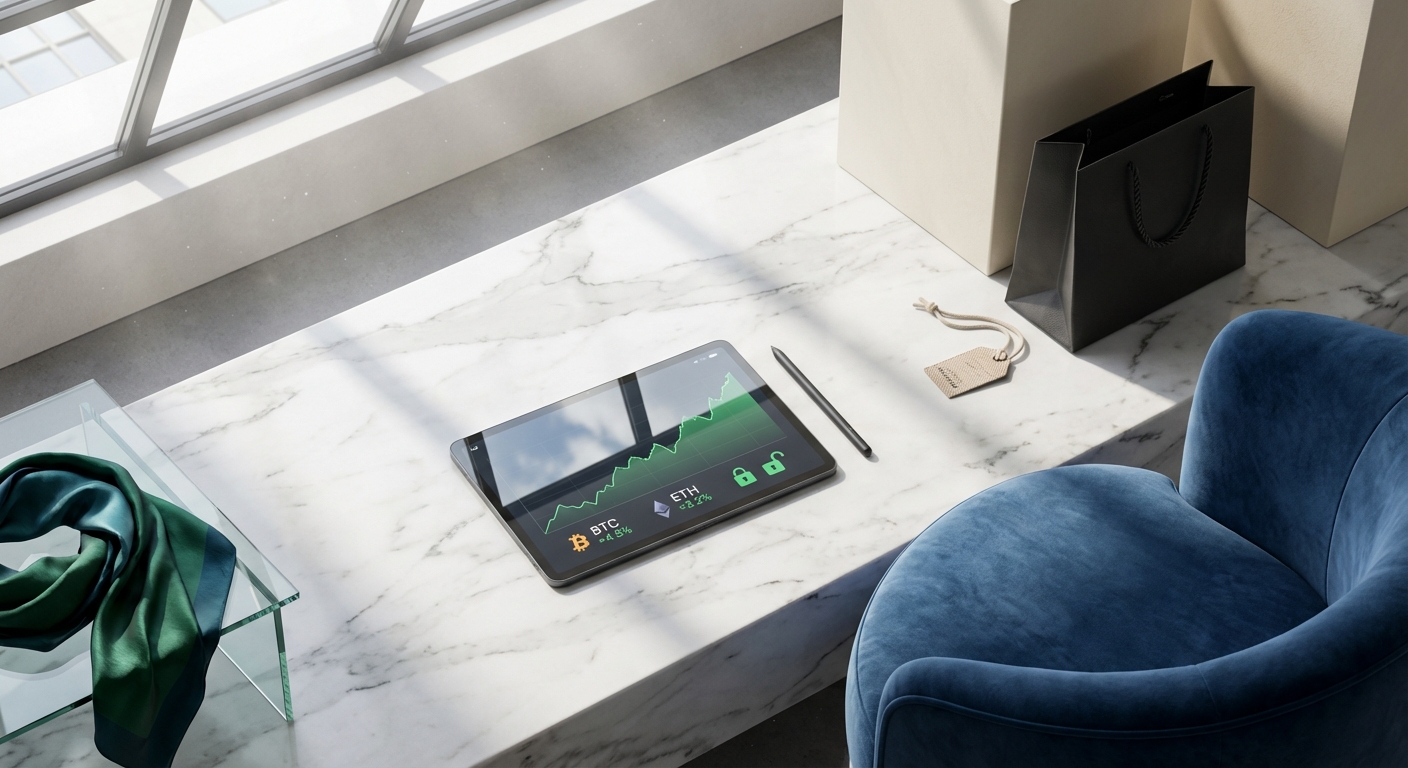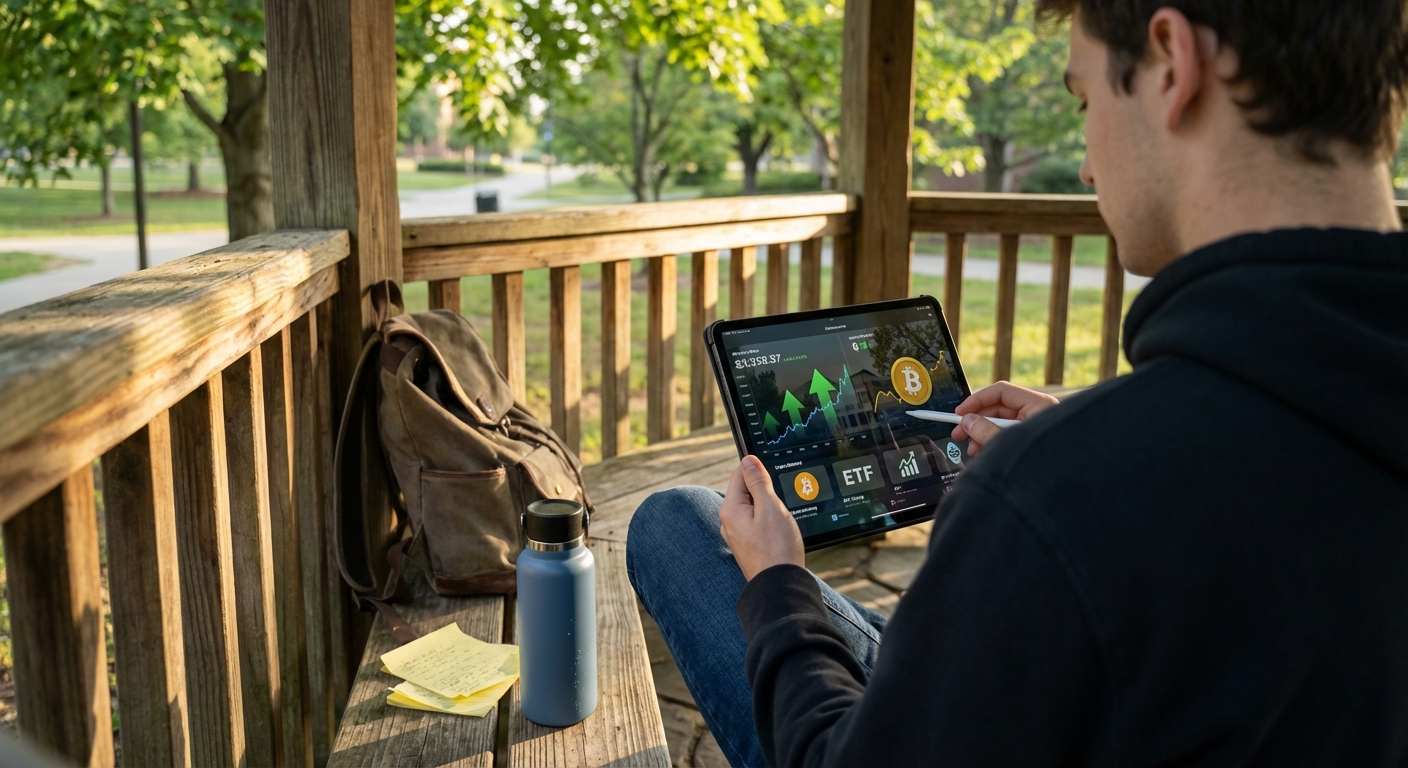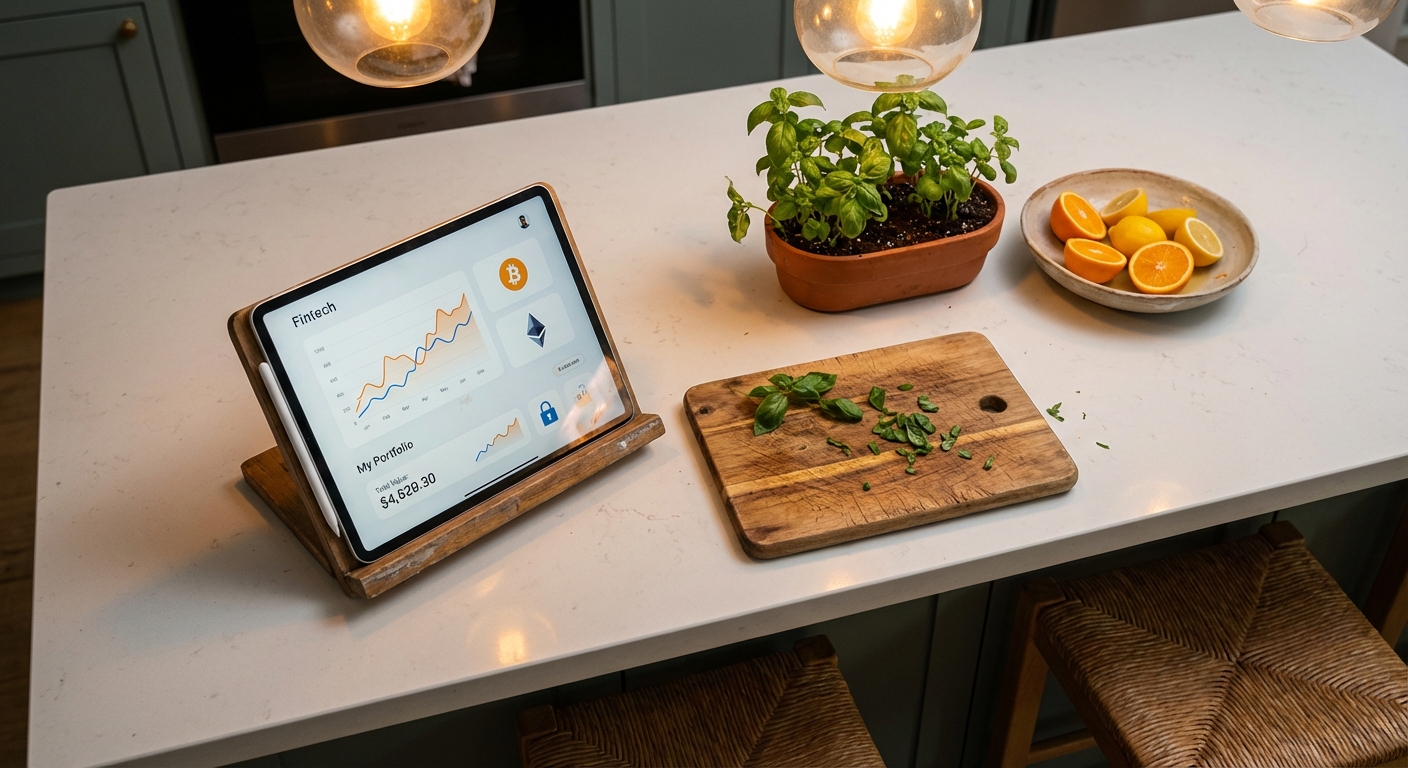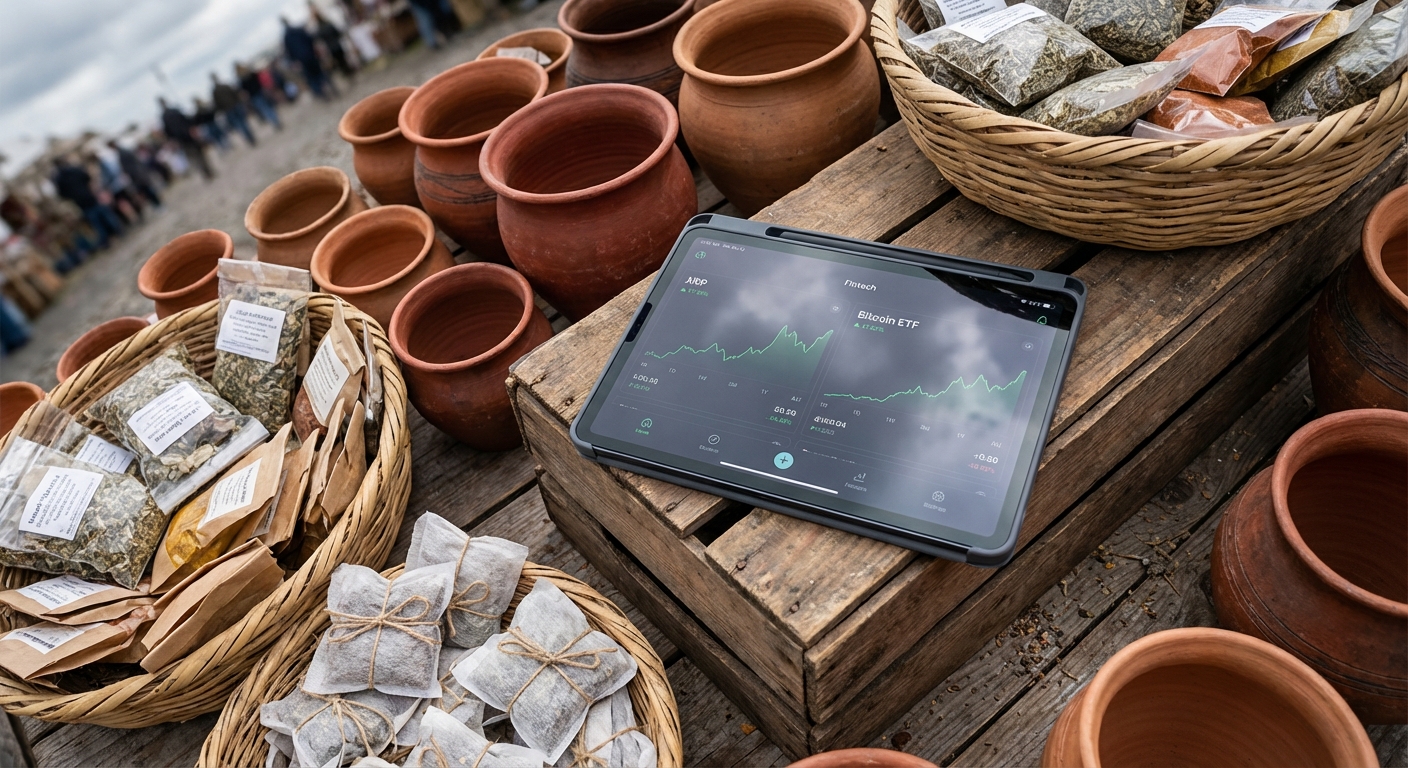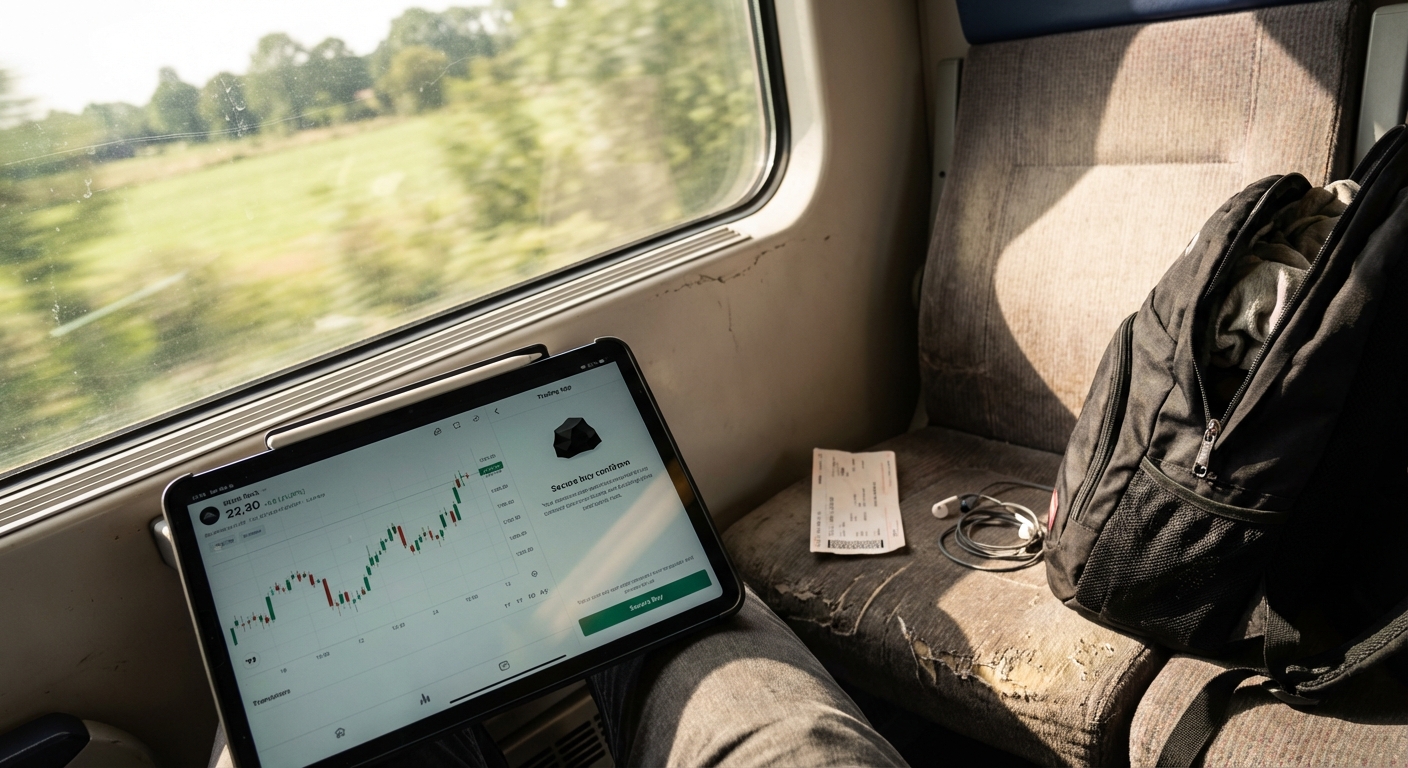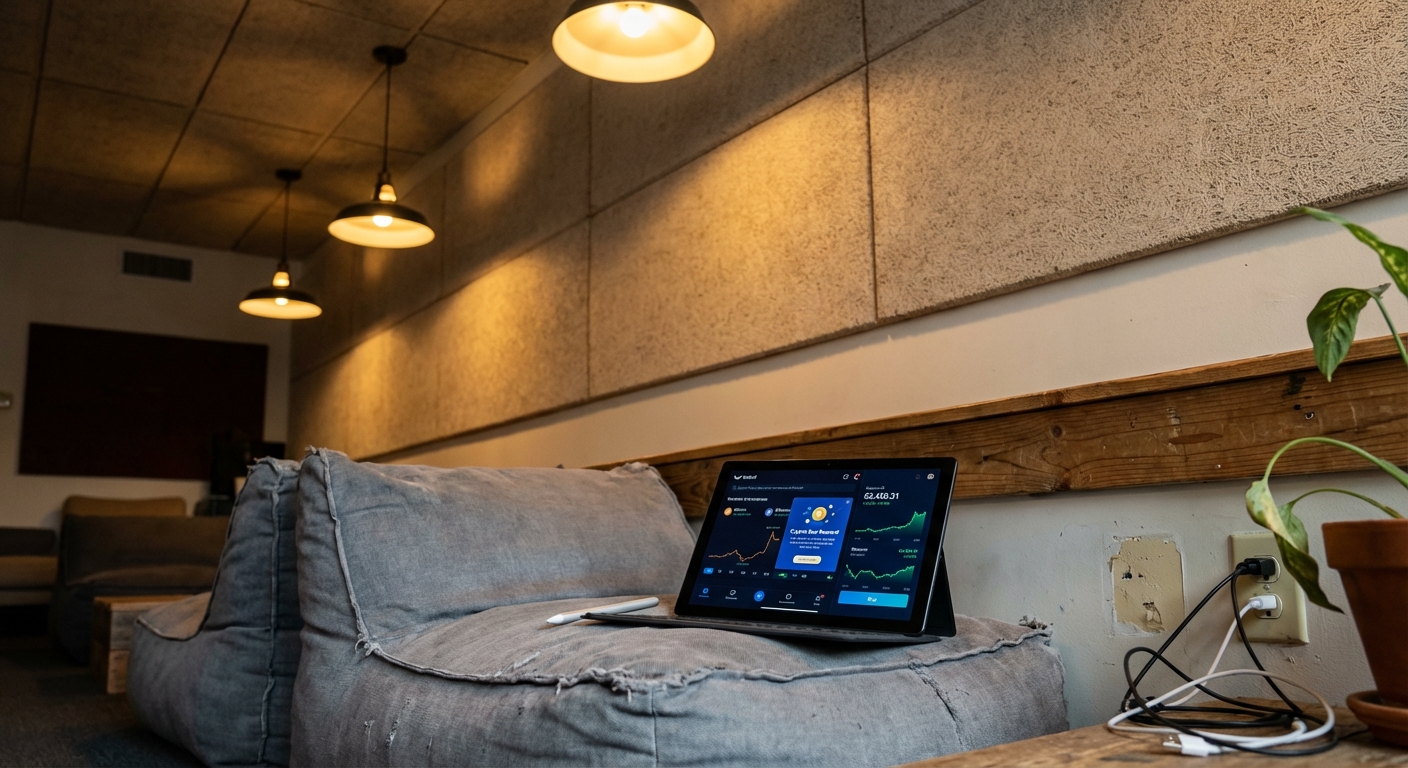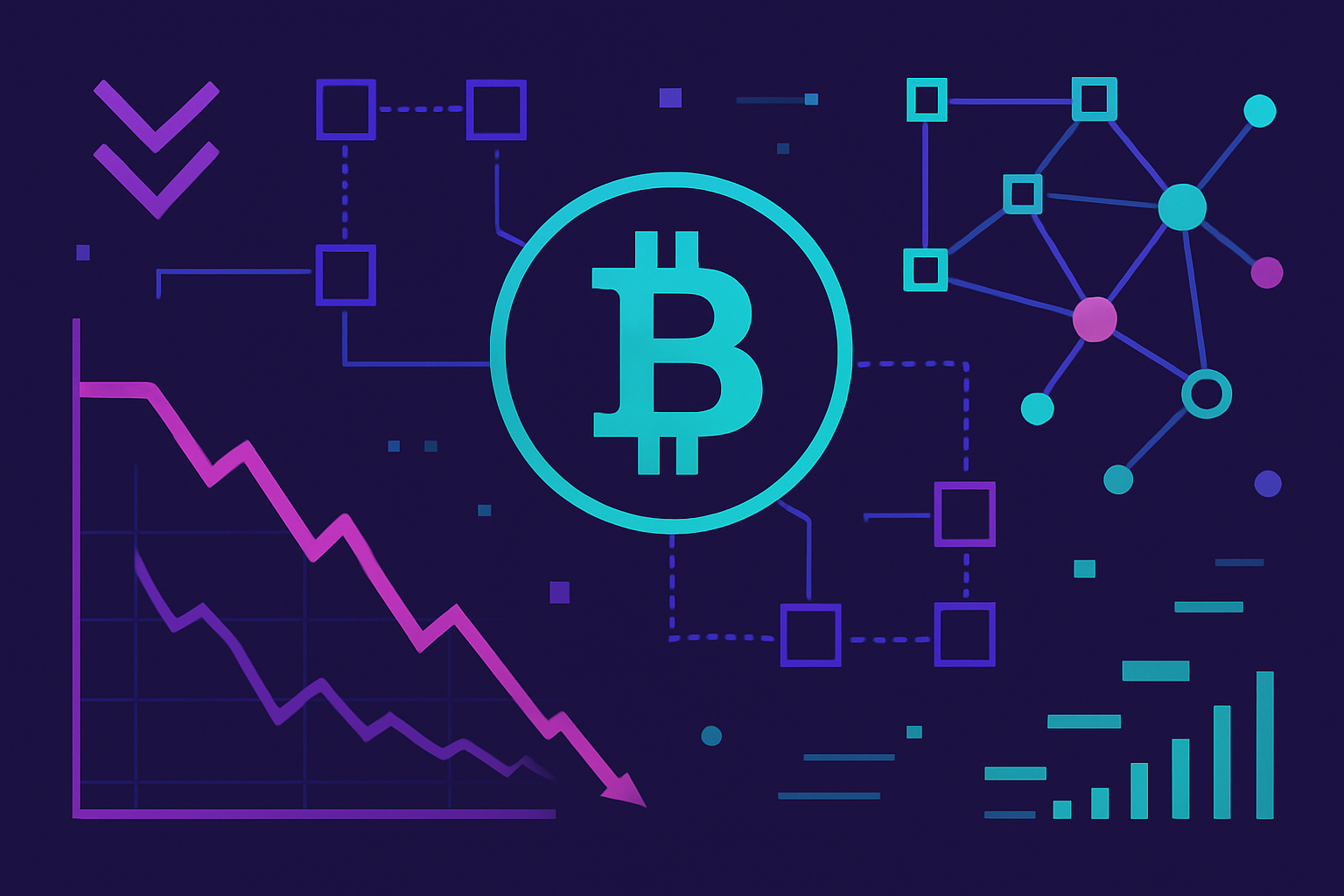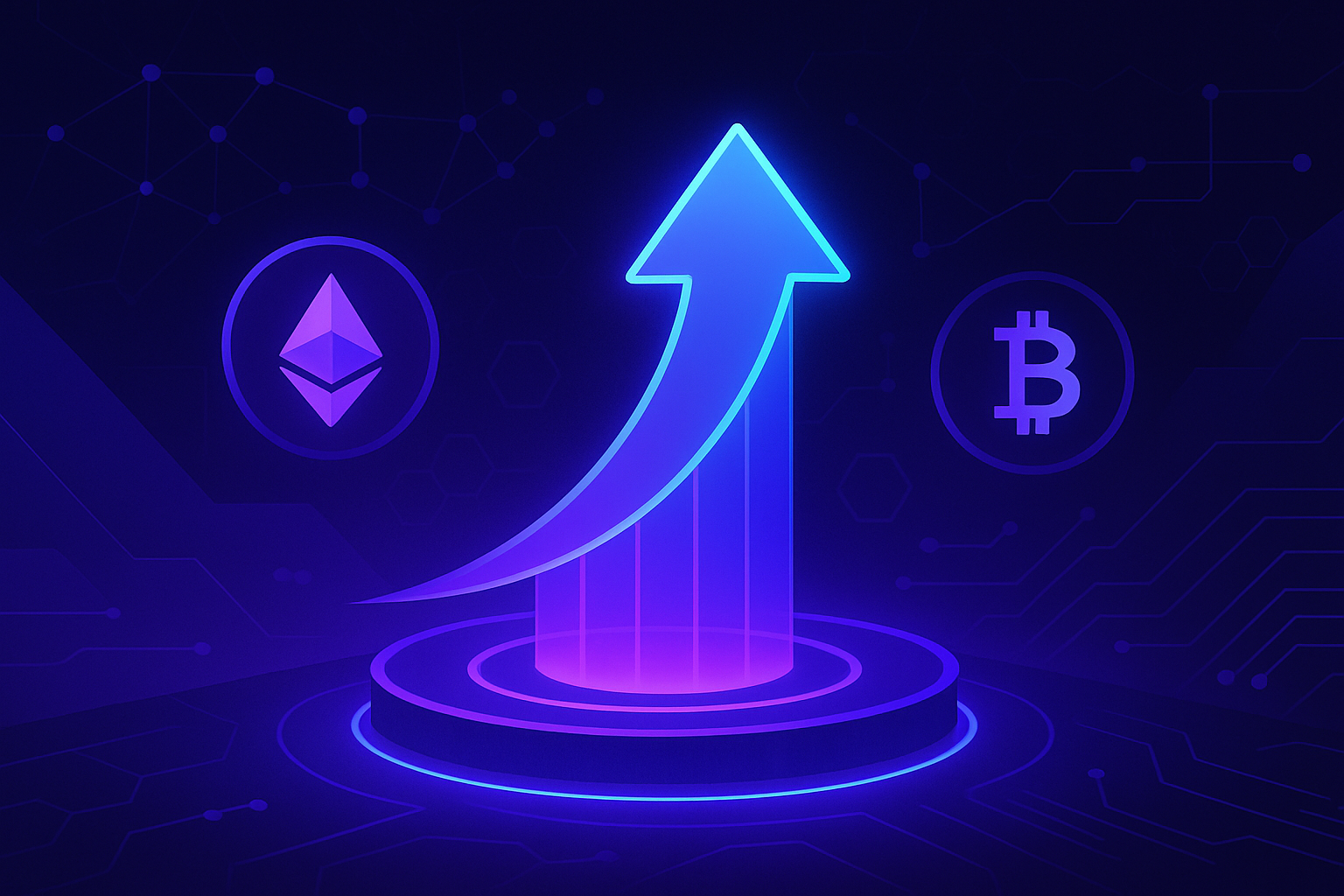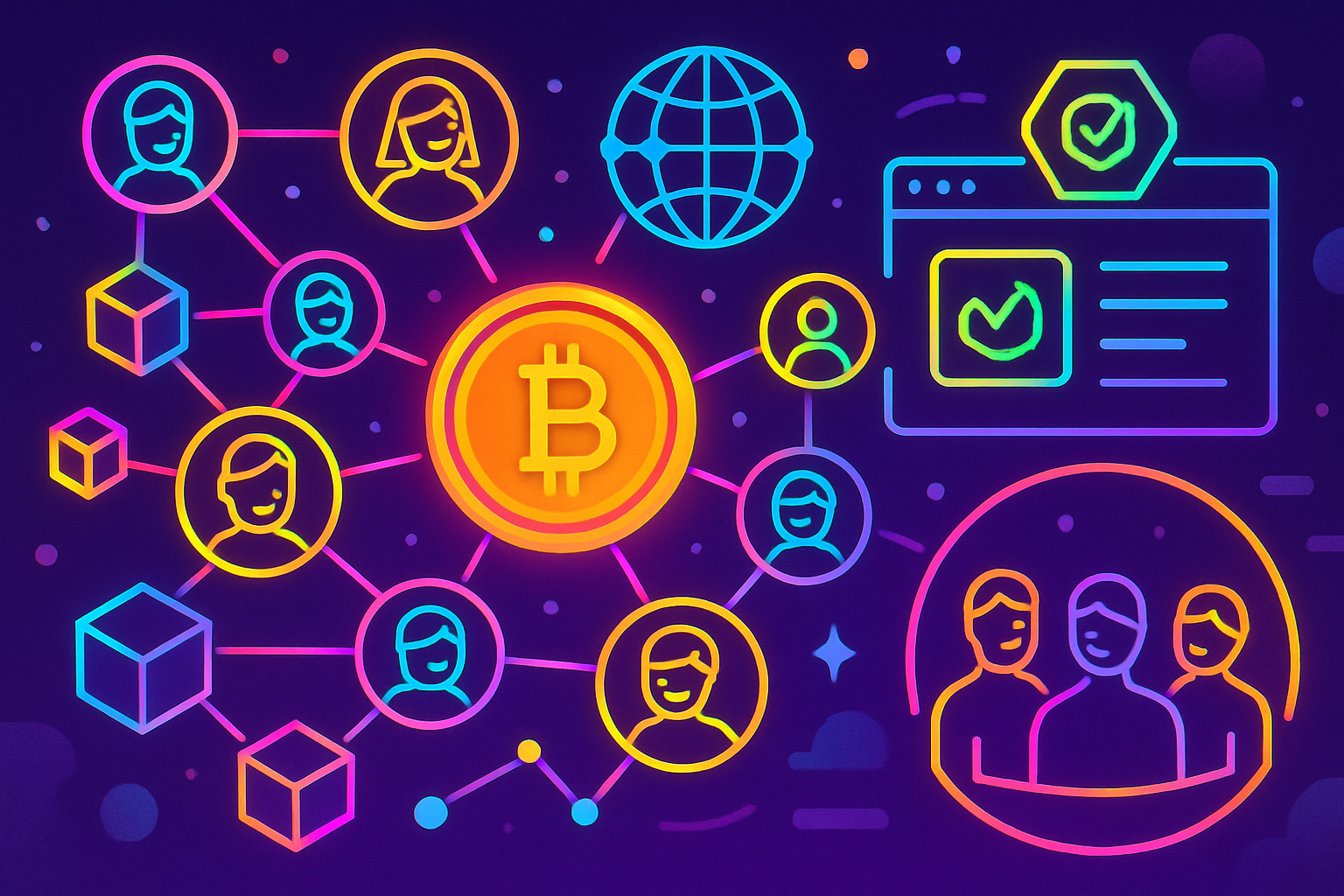In an era where Bitcoin commands a price of $91,969, traditional finance institutions are redefining access to...
Crypto Security & Safety
As Bitcoin hovers at $89,144 amid a post-peak correction from its October all-time high above $125,000, Wall...
Bitcoin’s price sits at $89,632.00 today, down 0.0284% over the past 24 hours with a high of...
Bitcoin’s holding strong at $92,020, even after dipping 1.42% in the last 24 hours with a high...
Vanguard’s monumental policy shift has just unlocked the simplest, most secure gateway for millions of investors to...
In a seismic shift for traditional finance, Vanguard, the $11 trillion asset management behemoth, has finally opened...
The dawn of 2025 marks a turning point for cryptocurrency investors. Grayscale’s launch of the XRP Trust...
Bitcoin’s current price of $91,331.00 sits amid a volatile landscape where the Crypto Fear and amp; Greed...
The Upbit hack on November 27,2025, exposed vulnerabilities that no trader can ignore. South Korea’s largest exchange...
In the wake of South Korea’s Upbit exchange suffering a $30 million hot wallet breach involving Solana...
Texas just dropped $5 million on BlackRock’s iShares Bitcoin Trust (IBIT), igniting a fire under Bitcoin at...
Crush 2025 crypto gains with Webull’s killer rewards! Picture this: drop $100 and on Bitcoin or Ethereum,...
Bitcoin’s price has always been a lightning rod for speculation, but even seasoned crypto veterans are feeling...
BitMart’s official US launch in 2025 is a pivotal moment for American crypto buyers. With licenses secured...
The regulatory landscape for cryptocurrency in 2025 is shifting rapidly, with the European Union’s AMLR 2027 and...
It’s no secret that crypto gambling has exploded in popularity, but with the surge in new platforms,...
Bitcoin’s climb above the $100,000 threshold in 2025 is more than just a psychological milestone, it’s a...
Stablecoins have emerged as one of the most transformative forces in digital finance, and 2025 is proving...
The investment landscape in 2025 looks strikingly different from just a few years ago. A new generation...
JPMorgan Chase and Co. is sending shockwaves through the financial sector with its latest move: by the...
Crypto wallet security is under the microscope in 2025, and for good reason. With XRP trading at...
In 2025, a new wave of privacy-first crypto exchanges is challenging the status quo of digital asset...
Japan is making headlines in the crypto world with its decisive move to ban insider trading in...
July 2025 marked a pivotal moment for stablecoins: centralized exchanges recorded a staggering $5.7 billion net outflow...



